
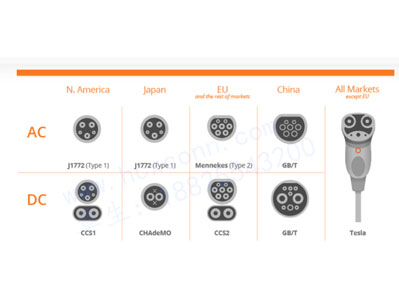
CCS stands for Combined Charging System for electric vehicles in Europe. It combines global AC (Alternating Current) and DC (Direct Current) charging to achieve fast charging while also addressing compatibility issues between different vehicles.
The combined charging station is compatible with four charging modes, including single-phase AC charging, fast three-phase AC charging, home DC charging, and public fast DC charging at charging stations.
The Society of Automotive Engineers (SAE) has adopted the Combined Charging System (CCS) as a standard. In addition to SAE, the European Automobile Manufacturers' Association (ACEA) also announced the selection of the CCS as the DC/AC charging interface for plug-in electric vehicles sold in Europe starting in 2017.
The CHAdeMO protocol standard for fast charging uses the CAN bus as a communication interface in addition to data control lines. CAN offers excellent resistance to noise and low error rates, making it widely used in vehicle control networks. Nissan, Mitsubishi, Toyota, Honda, Subaru, and the French PSA Group are among the automakers that commonly use it.
Let's take a look at CCS together.
Design requirements for the Combined Charging System (CCS standard) for electric vehicles:
AC national standards remain unchanged.
Two additional interfaces allow for DC charging within the same compartment while accepting old version AC connectors.

How to accelerate charging time from up to 8 hours to 20 minutes?
How does the Combined Charging System (CCS standard) for electric vehicles respond?
AC national standards remain unchanged.
Two additional interfaces allow for DC fast charging within the same compartment while accepting old version AC connectors.
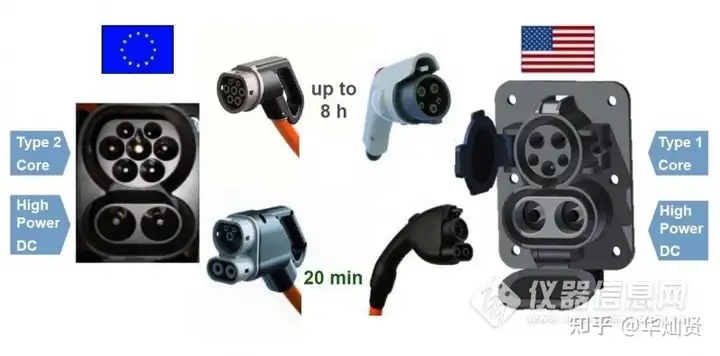
Design DC Combo 2 inlet, German Comemso European CCS charging solution. Combo 2 port provides highly secure comprehensive functionality.
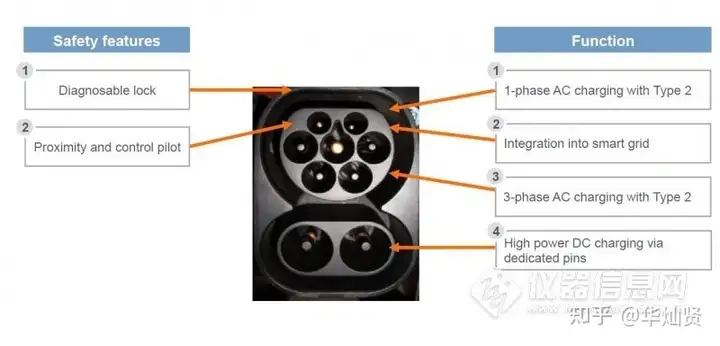
The charging connector of the European Combined Charging System (CCS standard) The combined inlet should serve as the universal plug for all relevant charging scenarios.
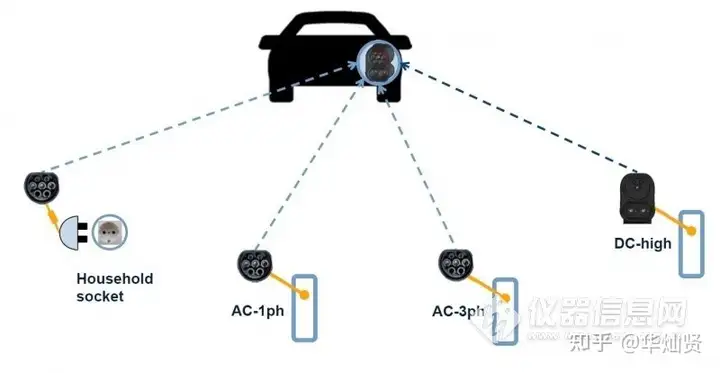
The charging efficiency of the European Combined Charging System (CCS standard) is enhanced by integrating AC and DC capabilities into vehicle architecture, which can be correspondingly applied at charging stations.
combined charging system(CCS)Overview of Charging Standards,German Comemso Solution
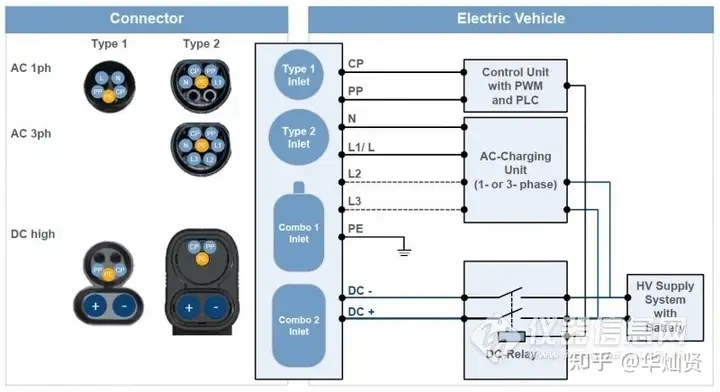
The concept of a combined charging connector for the European standard electric vehicle combined charging system (CCS standard) The combined charging system integrates existing AC connectors, Allowing the use of a standard global vehicle AC and DC charging interface.

Comparison of Combo 2 and alternative methods for the European standard electric vehicle combined charging system (CCS standard) Integrating AC and DC into a single inlet provides significant flexibility for vehicle design and also reduces size. Impact on vehicle cost - Combo system vs. standalone systems Separating AC and DC charging systems incurs significant additional costs. Using a combined charging system can reduce the overall cost for customers.
combined charging system(CCS)Overview of Charging Standards,German Comemso Solution
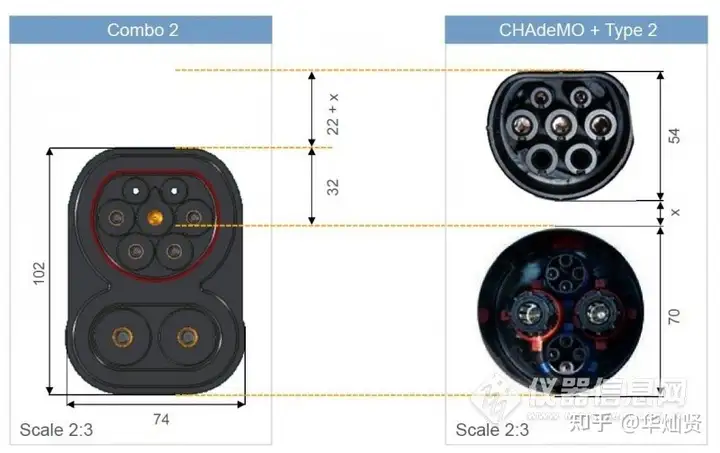
European standard electric vehicle combined charging system (CCS standard) Low complexity and cost optimization: Cost-effective reuse of multiple components, forming a win-win situation.
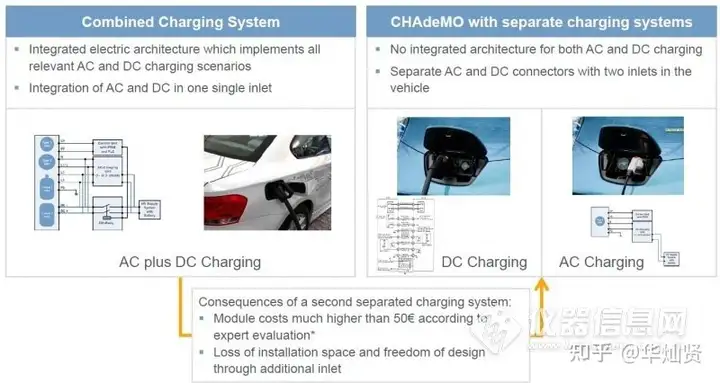
Benefits of the European standard electric vehicle combined charging system (CCS standard):